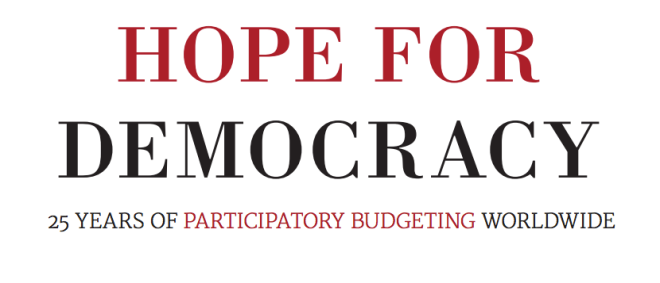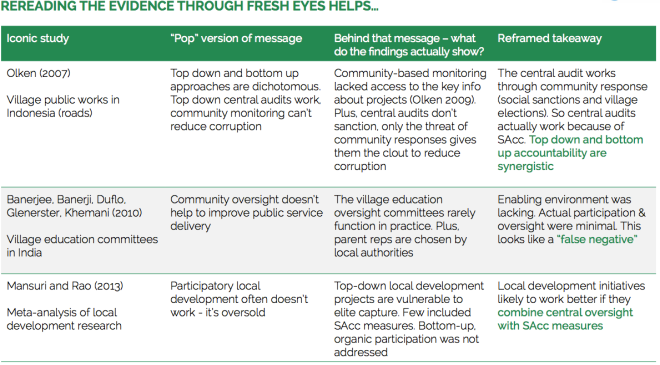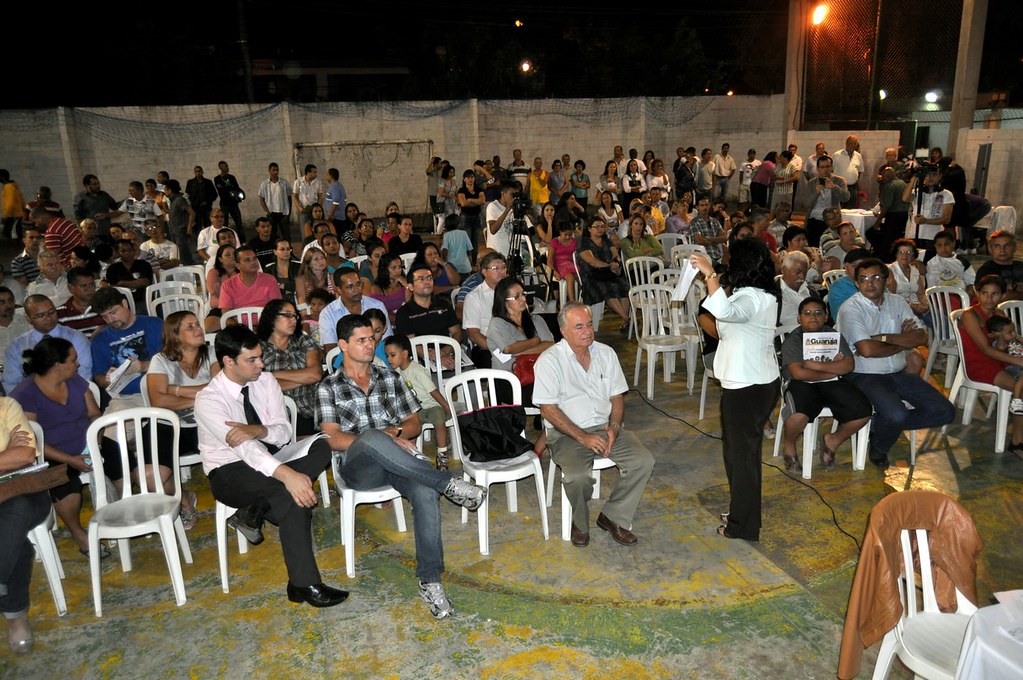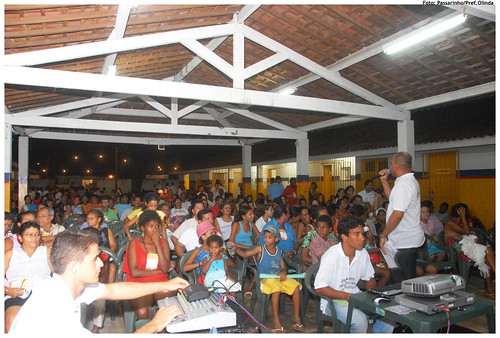
At the World Bank, we have published two new studies on the effect of citizen engagement on tax morale and tax compliance.
In the first, published last month, we examine the Brazilian case, using data from all 5,570 municipalities in the country. We focus on two types of institutions that municipalities can voluntarily adopt to give citizens the opportunity to voice their preferences on policies and spending: public policy councils and participatory budgeting. Municipalities who adopt these practices collect significantly more local taxes. For instance, the adoption of participatory budgeting leads to the collection of up to 39% more tax revenues. Overall, the increase in municipal budgets is equivalent to roughly 40% of their capital investment spending.
But how context-dependent are these findings?
In the second study, published last week, we present results from the largest cross-country experiment ever conducted on tax morale. A unique online experiment, the study involved 65,000 individuals across 50 countries from all continents. Our results show that regardless of government systems, levels of development and culture, citizens are more committed to tax compliance when they: i) are able to voice their preferences about government spending, and ii) learn about government oversight of public resources.
I hope you will enjoy the reading.
Of Governance and Revenue: Participatory Institutions and Tax Compliance in Brazil
Michael Touchton, Brian Wampler and Tiago C. Peixoto
Abstract: Traditionally, governments seek to mobilize tax revenues by expanding their enforcement of existing tax regimes and facilitating tax payments. However, enforcement and facilitation can be costly and produce diminishing marginal returns if citizens are unwilling to pay their taxes. This paper addresses gaps in knowledge about tax compliance, by asking a basic question: what explains why citizens and businesses comply with tax rules? To answer this question, the paper shows how the voluntary adoption of two different types of participatory governance institutions influences municipal tax collection in Brazil. Municipalities that voluntarily adopt participatory institutions collect significantly higher levels of taxes than similar municipalities without these institutions. The paper provides evidence that moves scholarship on tax compliance beyond enforcement and facilitation paradigms, while offering a better assessment of the role of local democratic institutions for government performance and tax compliance.
Voice and Punishment : A Global Survey Experiment on Tax Morale
Fredrik M. Sjoberg, Jonathan Mellon, Tiago C. Peixoto, Johannes Hemker and Lily L. Tsai
Abstract: An online survey experiment spanning 50 countries finds sizable improvements in tax morale when (a) the salience of anti-corruption efforts is increased and (b) citizens are allowed to voice their expenditure preferences to the government. These results hold very broadly across a uniquely large and diverse sample of respondents from all continents. The findings are consistent with theories emphasizing the role of democratic accountability, as well as of perceptions of legitimacy and “retributive justice,” in generating voluntary tax compliance. Implications and avenues for further research are discussed.









